Tires Rubbing When Turning: Causes, Symptoms And Solution
Have you experienced the rubbing noise that tires produce when you make a turn? If you’ve experienced it, you would understand the annoyance.
Why are tires rubbing when turning? Tires might be rubbing when turning due to oversized tires, altered wheel offset, or suspension lift modifications affecting tire clearance within wheel wells during steering movements.
In this article, we will delve into detail about this issue including the reasons behind this, possible symptoms, and other questions.
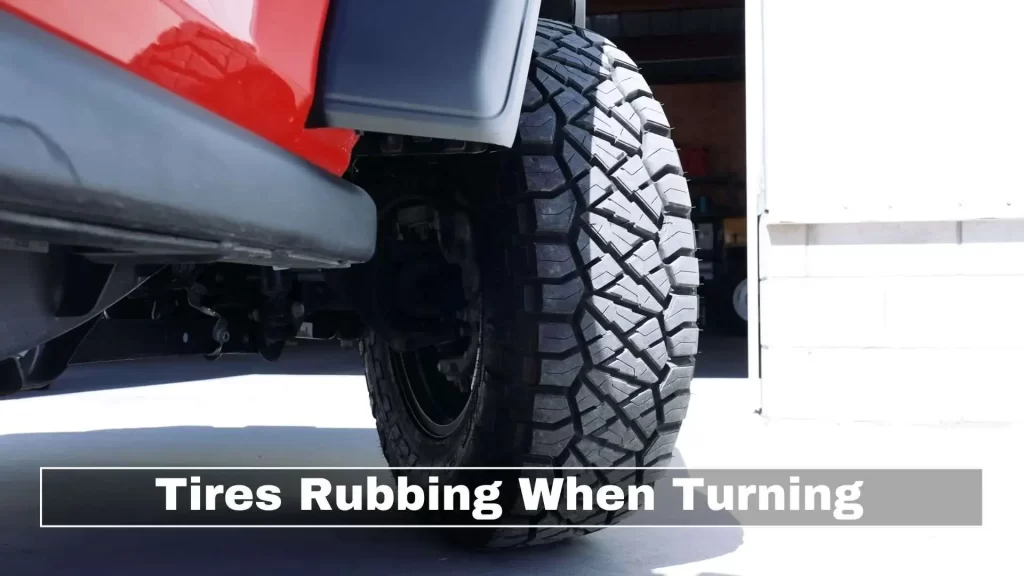
Main Causes of Tires Rubbing When Turning
Poor Fender Clearance
Fender clearance for each vehicle varies depending on the size of the tire and the tire assembly. When tires are larger or wider than the recommended size, due to the reduced vehicle fender space, your tires might be rubbing against the fenders or fender liners.
Wide Tires
This is one of the more common reasons that cause the tires to rub. If you have tires that are not recommended by your manufacturer, and they are wider, it is an issue. Your tires are probably rubbing against your fenders as well as their bodywork.
Camber Angle
Camber angle is the angle between the tire tread and the vertical axis. An incorrect camber angle can cause trouble to your tire. Too much negative camber or too much positive camber could be a reason behind your tire rub when turning.
Improperly offset wheels or Improperly fixed upper control arm can also contribute to tire rubbing issues.
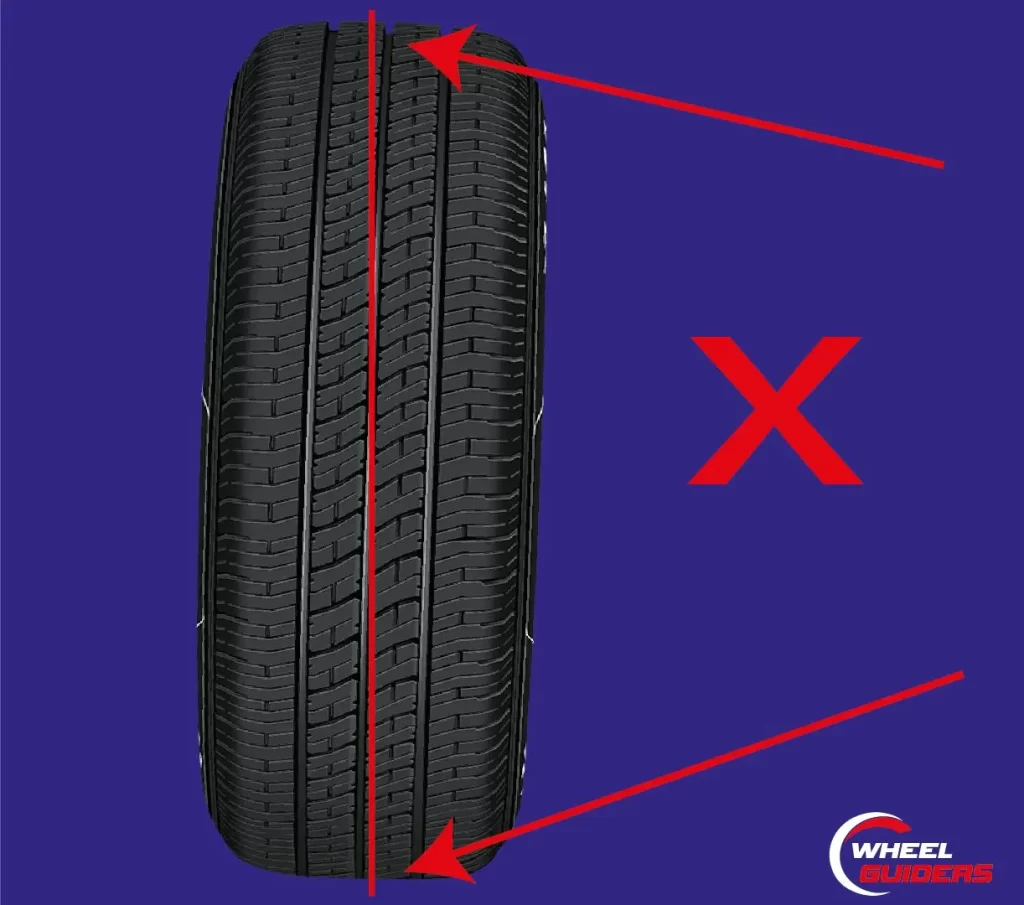
Wheel Misalignment
Misalignment of tires is not serious, but if it causes your tires to rub, then consider it an extreme case. The reason behind this could be because of the positive or negative camber angle as well. Regular alignment checks for your tires are important. Improper wheel offset can pose issues.
Inadequate Wheel Offset
Inadequate wheel offset is when the specification is what moves your tires laterally, and it is crucial that it remains proper. Wheel offset is capable of changing the geometry of your car’s suspension.
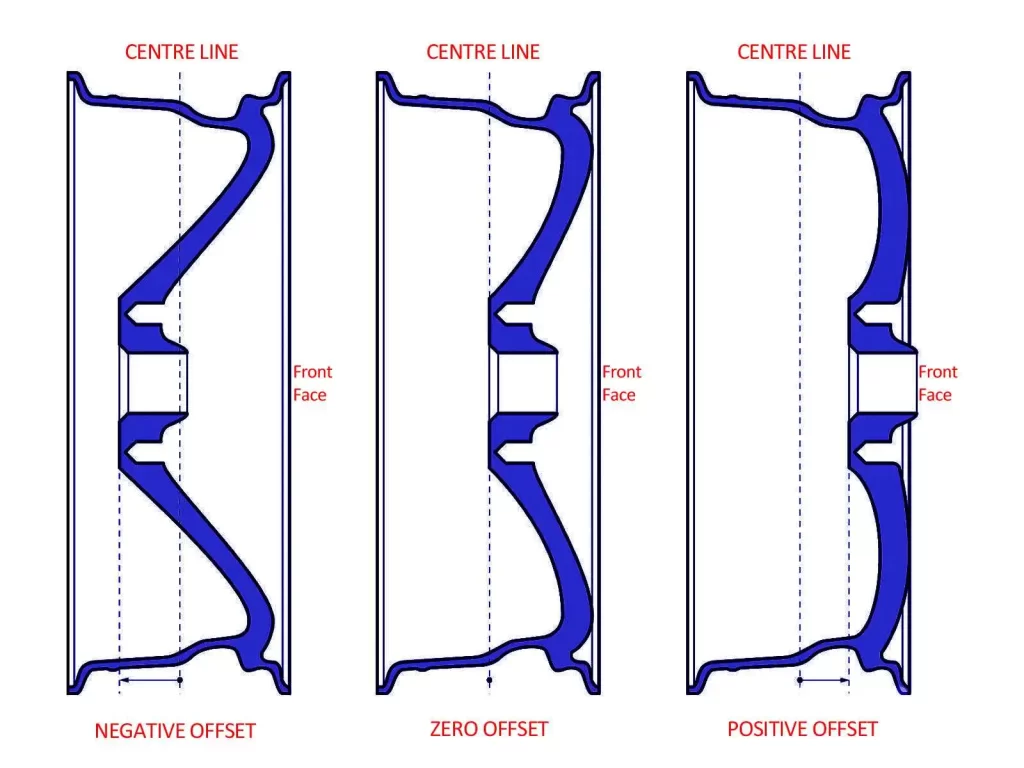
They either Push the wheel on the outer side of your car which is negative offset, or the wheels are pushed towards the inner side of the car which is positive offset. Offsets vary from vehicle to vehicle. A proper offset prevents tire from any form of rubbing.
Oversized Wheels
This is a rare occurrence. Tires are pushed out when they are not as per the recommendation of the manufacturer. Not all cars are equipped to handle bigger tires.
For instance, cars like Corolla or Civic cannot be mounted with 19-inch wheels when they are only capable of handling 18-inch wheels. This will definitely cause rubbing of your tires.
Worn-Out or Lowered Suspension Components
Some worn-out parts of the suspension system can cause the tires to rub as well. For instance, struts or shocks will not be able to coordinate with the wheel movement in order to control it.
Springs form the core of your suspension and they bear the heaviest load for your vehicle. Too much load or aggressive road conditions cause the shock absorbers to not do their work properly. This is not visible but it can be felt. Eventually, your tires will rub as they turn.
Inconsistent Size Tires
Inconsistent tires are also a rare case scenario but they are very much possible. This is a possible occurrence in supercars. Wheels that are of the same variations could also be inconsistent due to their overall wheel diameter at times.
This is due to varying sidewall strengths of the sidewall. Some tires are softer and some aren’t. Therefore, if you own a supercar, and are buying new tires, make sure that those tires are as per the recommendations of the manufacturer.
Wheel Spacers
Wheels are pushed away from the chassis. This helps in reducing body roll but might lead to rubbing of your tires while turning. This is quite similar to a negative offset with wheels.
Setting a width that is wider than your manufacturer’s recommendations could also be a reason behind the rubbing of your tires.
Symptoms Of Tires Rubbing When Turning
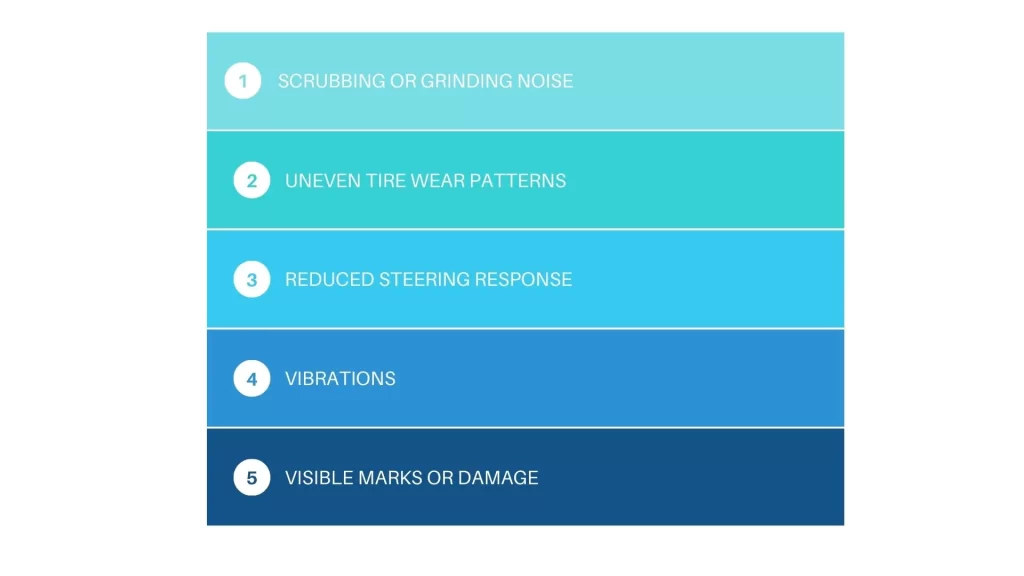
Scrubbing or Grinding Noise
Noises are signs that you can easily intercept in your vehicle. Abnormal noises such as scrubbing or grinding noises are a sign that your tires are rubbing when they turn.
Uneven Tire Wear Patterns
When your tires are misaligned, i.e. they could be leaning too much on one side and that makes them wear unevenly. When tires wear unevenly, and are imbalanced, it could lead to tires rubbing when they turn.
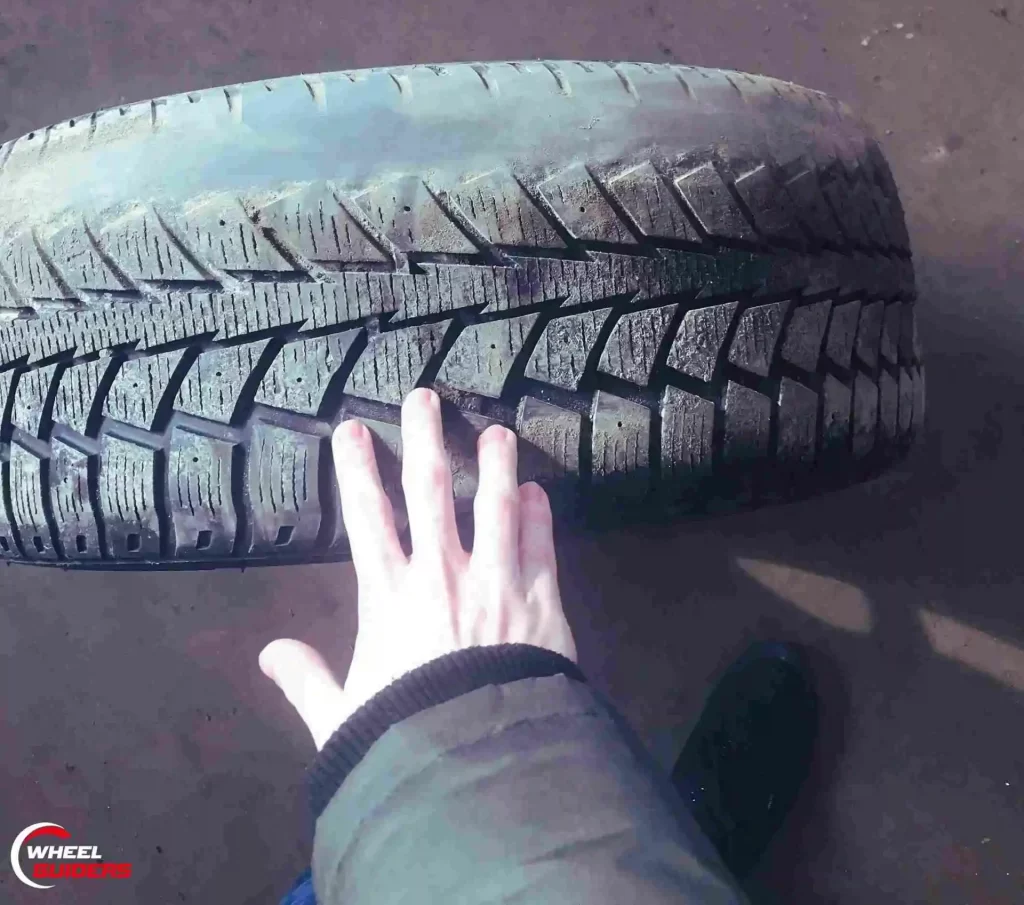
Reduced Steering Response
You will be able to feel the tires rub when you turn the steering wheel slowly, about 1 – 2 miles per hour. You can also park the car and put it in neutral and feel this.
Tires rubbing when turning is a common issue, because of the misalignment or any of the above-stated reasons, if your tires rub, they do result in reduced steering response.
Vibrations
Imbalanced or misaligned tires cause the tires to rub when they turn, they also cause vibrations throughout your vehicle. This is an easy symptom to look out for.
Visible Marks or Damage
Marks are quite visible, the damage from tires rubbing when turning. You might see scratches near the tire on the car, you might also have seen sparks come out. It is also common to smell rubber because of the heat that is produced when tires rub.
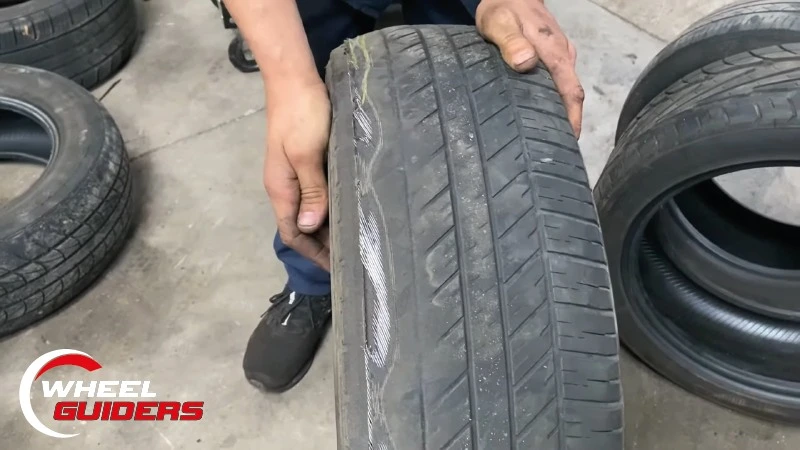
Solutions to Prevent Tires Rubbing When Turning
Proper Wheel and Tire Sizing
Make sure that you read your car’s manufacturer’s manual and purchase tires according to their recommendation. Proper wheels and proper tire sizes are a must to avoid tires rubbing when turning.
Suspension Adjustments
You might have installed larger wheels or oversized tires and forgot adjusting it. Consider installing a level kit or an inch leveling kit for better clearance. Make sure that your suspension system and all the parts inside it are properly adjusted. These are one of the more common happenings.
Wheel Spacers and Adapters
Wheel spacers are upgraded in an attempt to upgrade the vehicle, to make it look aesthetically pleasing. While this upgrade allows your cars to be suited with bigger tires, this itself could cause the tires to rub when they turn.
Wheel Alignment
Rough terrains contribute to the misalignment of wheels. This could occur over a period of time that is less noticeable than other symptoms.
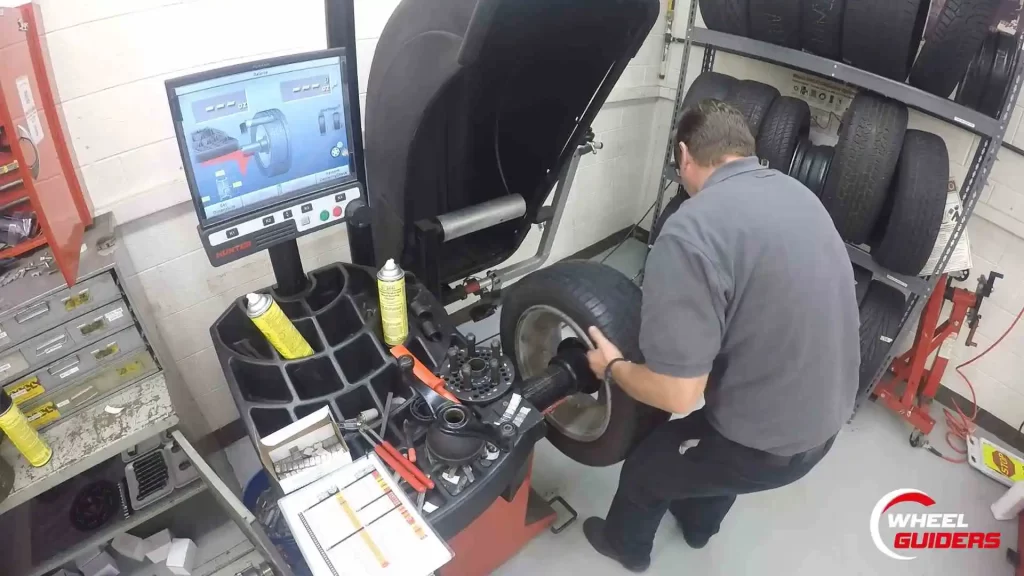
Wheel alignment might also be improper because of your vehicle’s camber angle. Whatever the reason, make sure that you have this issue fixed as soon as possible due to all the other issues that they could cause.
Upgrading Suspension Components
You might have installed new suspension components such as new joints or springs or bearings or even bushings. Even though they are relatively new, they could very much be damaging your tires and causing rubbing. Take your car to a professional mechanic if this is the culprit that causes your tires to rub.
Tips for Proper Fitment of Wider or Larger Tires
The suitability of large tires depends on your specific vehicle. It is advisable to adhere to the manufacturer’s recommendations. Here are a few tips for proper fitment of wider or larger tires onto your vehicle.
- The general rule is that you can safely fit a tire that is up to 20 millimeters wider than the tires you have on your original rim.
- There is a simple formula (plus 1 formula) that you can utilize to upsize your wheels safely. For every one inch that is added to the rim’s diameter, add 10 millimeters to the width. After you do this, decrease the sidewall’s height by 5 to 10 percent.
- While bigger tires do result in increased clearance and better off-road performance, it also leads to extra expenditure and lower fuel economy.
- The overall curb appeal is increased but there is also a change in handling due to the higher center of gravity with bigger tires.
- If all the math is not getting into your head and you still find it difficult to calculate the proper size tires for your vehicle, then you would need a tire conversion chart by wheel size. With the help of this chart you would be able to easily convert your tires from smaller ones to wider ones.
- Remember, diameter is the key. All the other functions in your car such as torque, gearing settings, speedometer, odometer, and traction control are all calculated according to the revolutions of your tires. If you get the wrong tire size, then all of the calculations will be off.
- Did you know that tires are sized by using a three-number code. For example, 225/55/16. “225” is the width in millimeters, “55” is the ratio of the width to the height or the aspect ratio, and finally “16” is the inner diameter.
Conclusion
Hopefully, this article on “Tires Rubbing When Turning” has been able to answer all of your questions related to this topic. Frequent rubbing of tires can eventually result in severe problems like loss of control or tire blowouts. It is always important that you keep in mind to research as much as possible before you take such a step.
It is important to visit a qualified mechanic as soon as any such issue is found. A qualified mechanic can inspect the wheel hub, wheel setup, shock mounts, caster angle, steering angles, and ball joints to find the source of tire rubbing.
Weight transfer during braking or mud flaps interfering with tire movement can also cause tire rubbing. The mechanic will look for any problems with these components that could be causing the tires to rub. If they find a problem, they will fix it so that the tires can stop rubbing.
I have provided you with tips to help select the right tires in case you want to upsize. Diameter is the key! Keep this in mind and choose perfect tires that are suitable for your car instead of them causing rubs against the fender liners or fenders.
